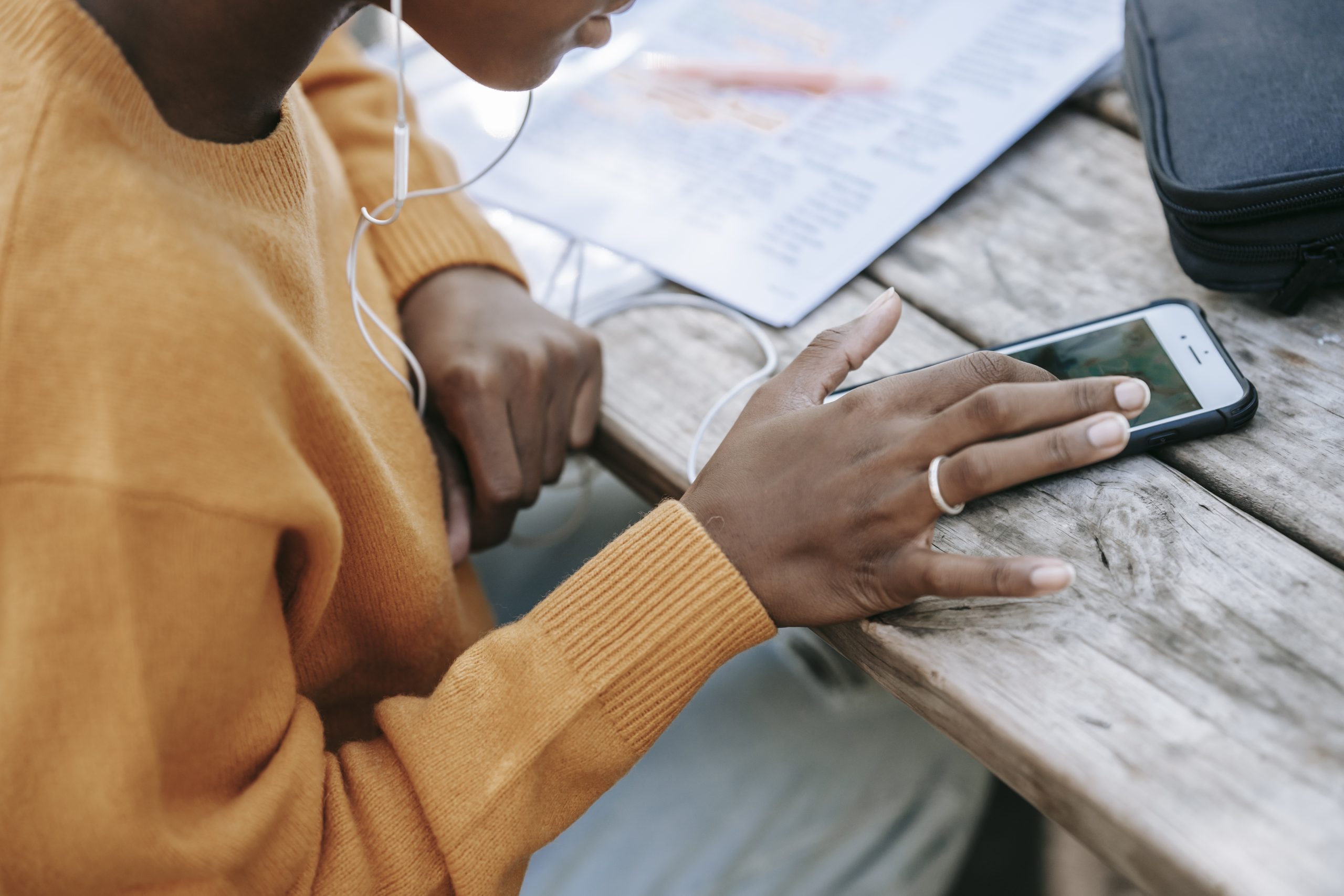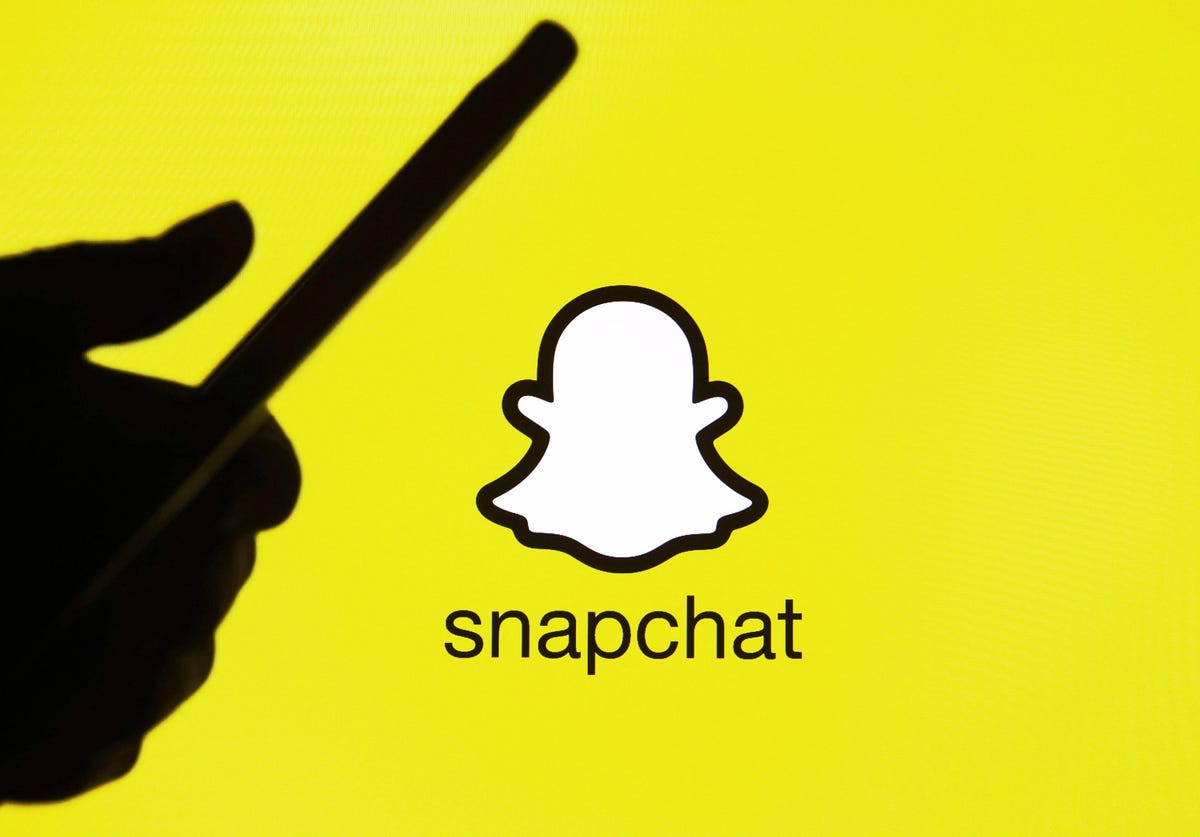In the digital age, privacy is a growing concern, especially when it comes to our personal conversations. It’s understandable to wonder if someone has taken a screenshot of your text messages without your knowledge. While some social media platforms have introduced screenshot notifications, such as Snapchat, the iPhone’s iMessage does not currently have this feature. In this article, we’ll explore the history of screenshot alerts on iMessages, the limitations of screenshot notifications on Instagram, and what you can do to protect your privacy.
Screenshot Alerts on iMessages: The Rumors and Reality
There have been rumors circulating about the introduction of screenshot alerts on iMessages, particularly during Apple’s Worldwide Developers Conference a couple of years ago. However, these rumors turned out to be false. Despite the initial excitement surrounding the potential feature, there was no evidence to support its existence. As it stands, iOS updates do not include screenshot notifications for iMessages, and it is unlikely to be introduced in the near future. To ensure additional privacy, it is advisable to use apps like Snapchat instead.
Instagram’s Screenshot Notifications: Limitations and Testing
Unlike iMessages, Instagram has tested screenshot notifications for certain types of content. Currently, Instagram only provides notifications for disappearing videos and photos within direct messages (DMs). This means that you won’t receive notifications for screenshots of text messages, feeds, or hashtags within DMs. There was also a brief testing period in 2018 where Instagram introduced screenshot notifications for Instagram Stories. However, this feature was eventually removed. While some hope for its return in future updates, it is not currently available.
The Importance of Read Receipts
Although iMessages do not offer screenshot notifications, they do provide a useful feature called read receipts. Read receipts allow you to see if the recipient has read your message. However, you also have the option to turn off read receipts if you value your privacy. To disable read receipts on your iPhone, follow these steps:
- Go to ‘Settings’ on your iPhone.
- Tap on ‘Messages’.
- Toggle off the ‘Send Read Receipts’ option by switching it from green to grey.
By disabling read receipts, other users will not be able to see if you have read their messages. They will still see that the messages have been delivered, but they won’t know if you have read them or not.
Snapchat: The Only App with Screenshot Notifications
If you are concerned about someone taking screenshots of your text messages, Snapchat is currently the only app that offers screenshot notifications. When you have Snapchat push notifications enabled, you will receive an instant message saying “(user) took a screenshot” whenever someone takes a screenshot of your chat. You can also check for these notifications by swiping right and accessing your chats. On Snapchat, the screenshot icon is represented by two overlapping arrows next to the contact, and the time of the screenshot is displayed. It could show the exact hour, day, or the number of days/weeks since it happened. Despite various attempts to bypass this feature, Snapchat has made it increasingly difficult to trick the system.
Screenshots on FaceTime: A Notification for Photos, Not Screen Records
While FaceTime does not provide screenshot notifications, it does offer a small and brief alert on the recipient’s screen if a photo is taken during the call. However, there is no notification for screen recordings. This feature was added in later updates to FaceTime, giving users a sense of control over unwanted invasions of trust.
Third-Party Apps: Proceed with Caution
You may come across third-party apps claiming to offer screenshot notifications for platforms like Instagram or iMessages. However, it is important to approach these apps with caution. Both Apple and Instagram have strict guidelines for third-party developers, and text screenshot alerts do not align with their development policies. Many of these apps are shady or even scams. Therefore, it is advisable to avoid using these apps and rely on the built-in features of the respective platforms.
Protecting Your Privacy: Communication Best Practices
While there is currently no foolproof method to determine if someone has taken a screenshot of your text messages, there are steps you can take to protect your privacy. Firstly, it is essential to communicate openly with the other party involved and ask them not to screenshot and share your private conversations. If a screenshot of your text messages does go viral, you always have the option to request its removal. However, prevention is key, and it’s crucial to be cautious about your online communications, especially with individuals who are not close to you. Avoid sharing explicit messages or photos, as there is always a risk that they could end up in the wrong hands. The same applies to sensitive statements that could be used against you. It’s best to exercise discretion and think twice before sending any content online or via text that could potentially incriminate or embarrass you.
The Bottom Line: Maintaining Privacy in the Digital Age
To summarize, iMessages currently do not offer screenshot notifications, while Instagram has tested and removed this feature for certain types of content. Snapchat is the only app that provides screenshot notifications, making it the best option if you are concerned about someone taking screenshots of your text messages. FaceTime offers notifications for photos but not screen recordings. It’s important to approach third-party apps claiming to offer screenshot notifications with caution, as they may not be trustworthy. Ultimately, it is crucial to prioritize your privacy by having open communication, using discretion in your online conversations, and avoiding sharing content that could potentially harm your reputation. While the digital world may lack absolute privacy, practicing mindful communication can help safeguard your personal information and maintain your dignity.
Conclusion
Remember, prevention is key. Think twice before sending any content online or via text that could potentially incriminate or embarrass you. By being mindful of what you share and who you share it with, you can take control of your digital privacy and protect yourself in the age of screenshots.






